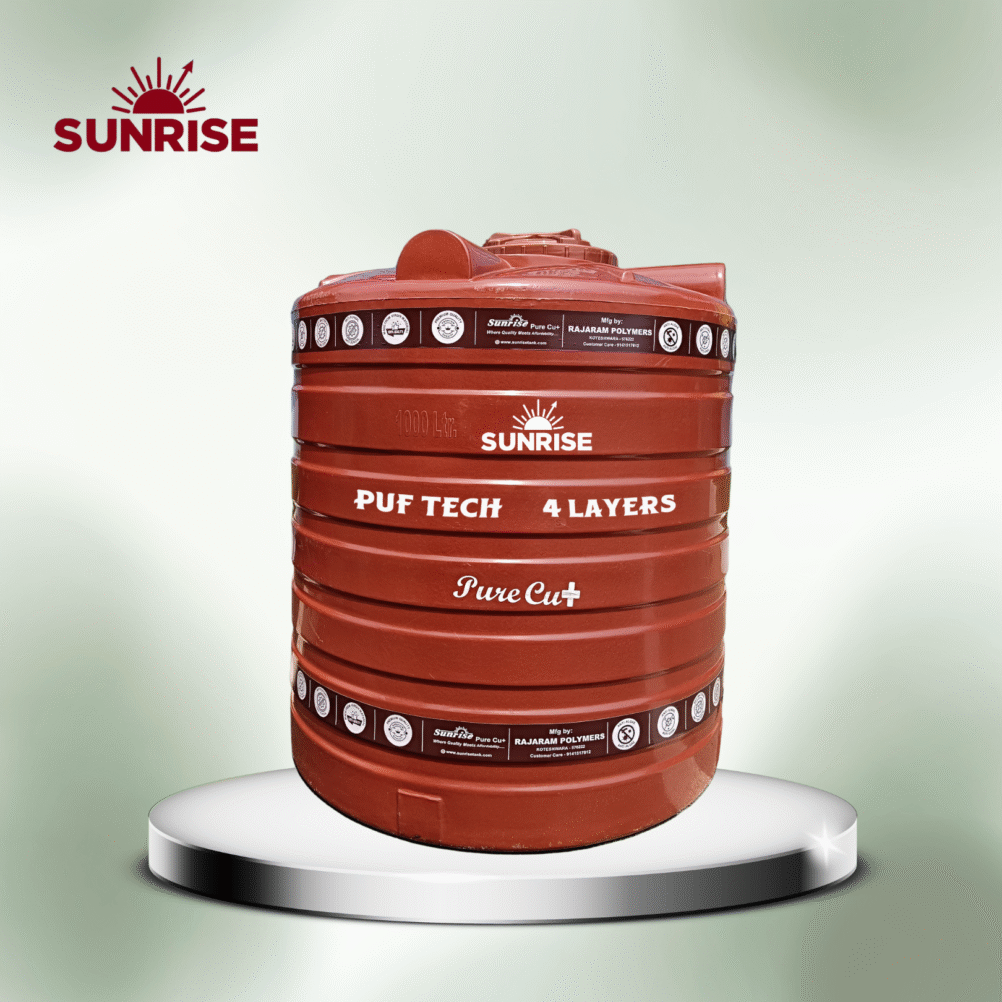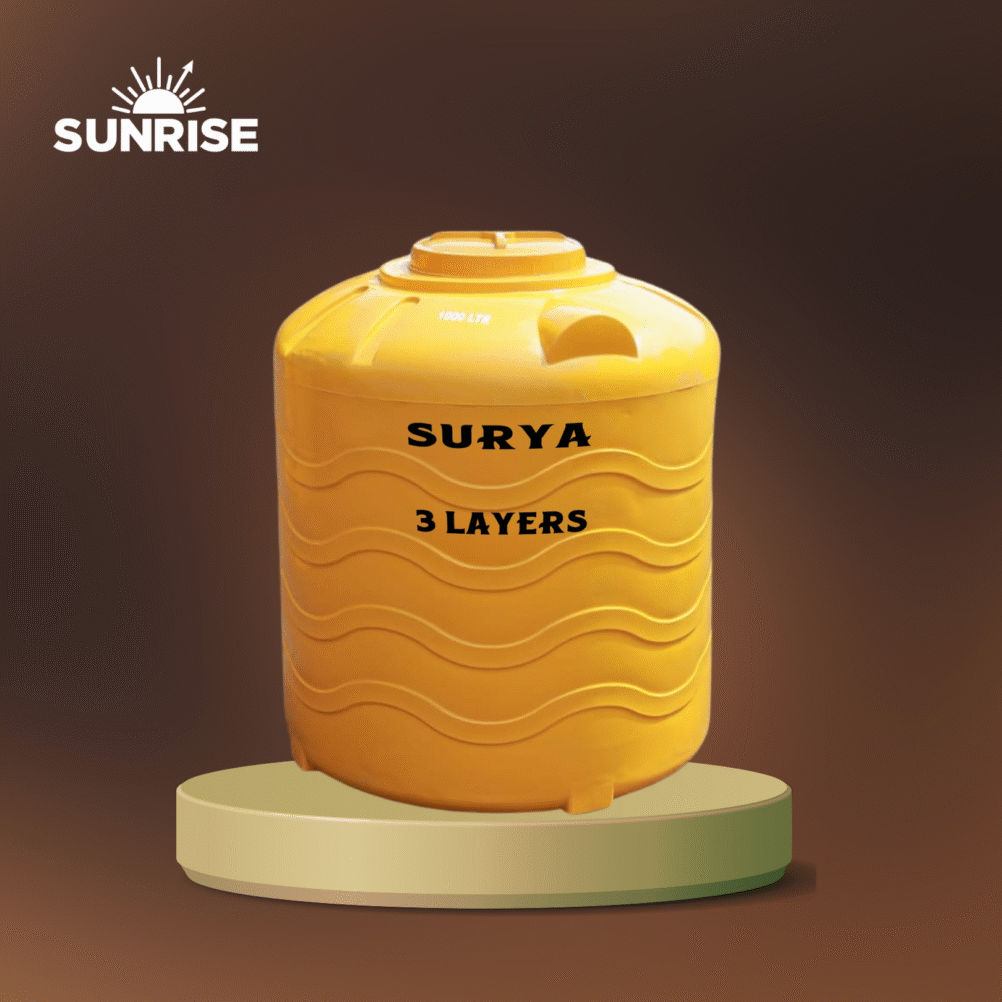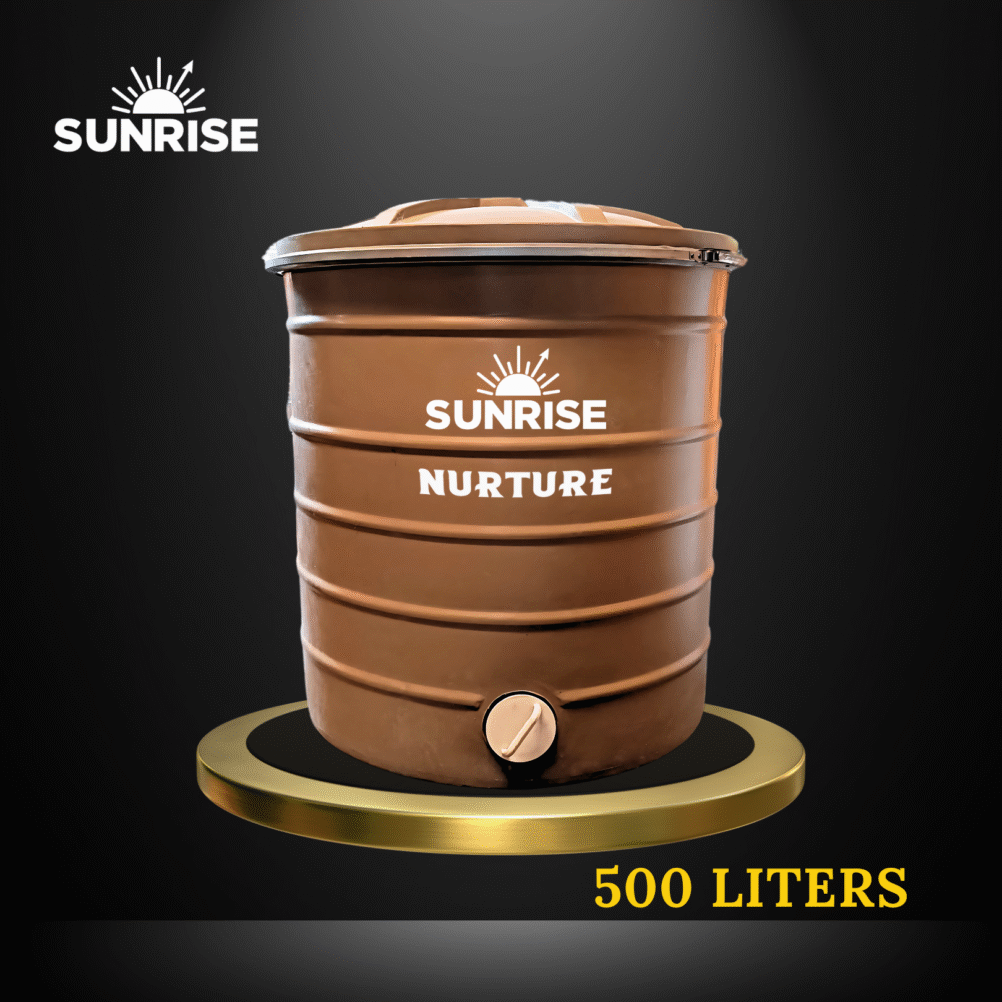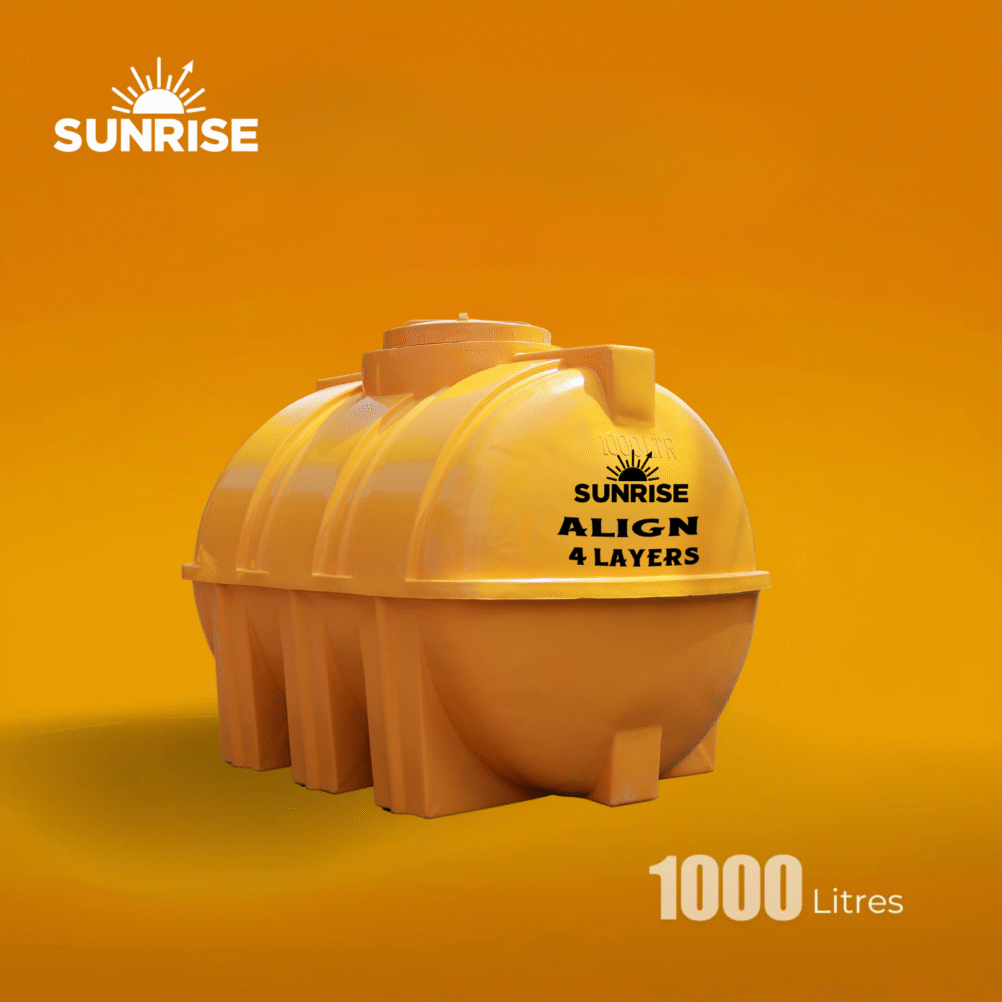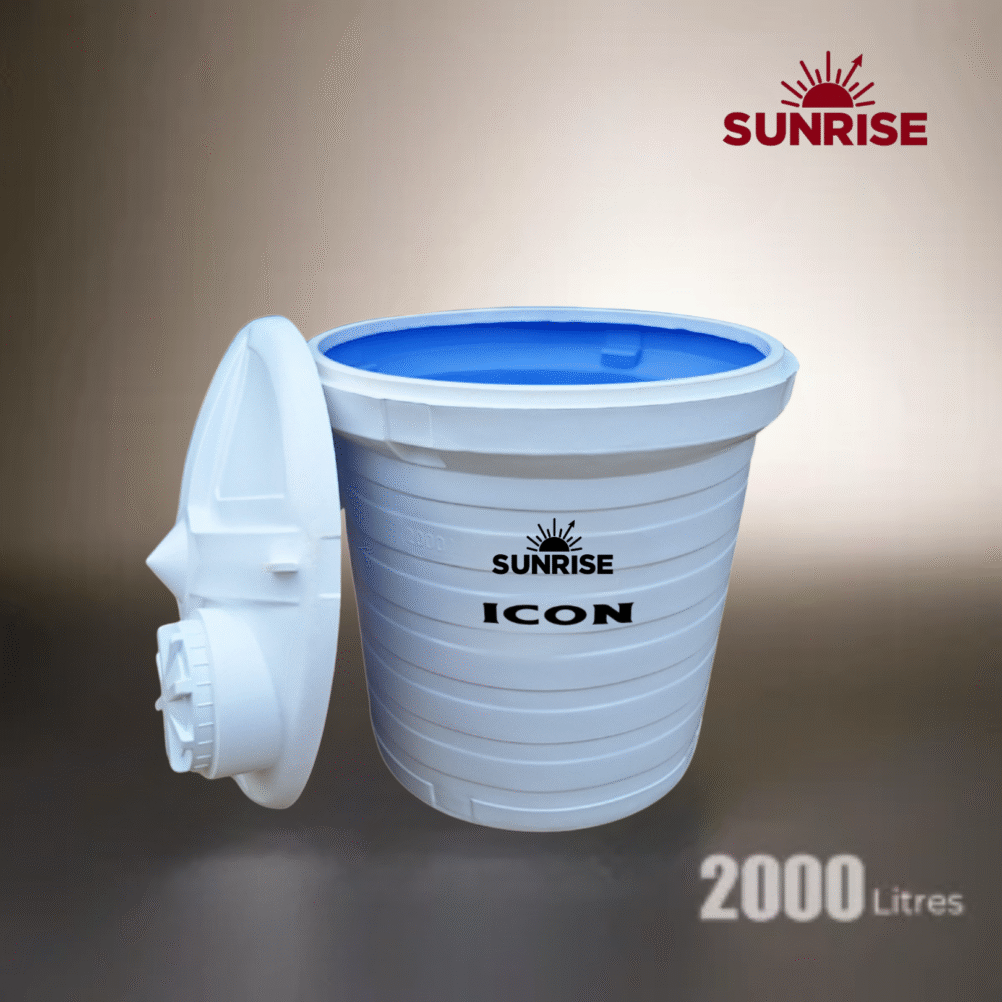When it comes to storing water, two popular options are plastic water tanks and cement water tanks. Both types of tanks have their own set of advantages and disadvantages. In this article, we will compare plastic water tanks and cement water tanks, highlighting their differences and which one is better in various aspects.
Plastic Water Tanks
Plastic water tanks are made from food-grade plastic materials, such as polyethylene or polypropylene. They are lightweight, durable, and resistant to corrosion. Plastic water tanks are available in various shapes and sizes, making them suitable for both residential and commercial use.
Advantages of Plastic Water Tanks
- Lightweight: Plastic water tanks are easy to transport and install, reducing labor costs.
- Durable: Plastic water tanks are resistant to corrosion and can withstand harsh weather conditions.
- Low Maintenance: Plastic water tanks are easy to clean and maintain, reducing the risk of contamination.
- Flexibility: Plastic water tanks come in various shapes and sizes, making them suitable for different applications.
- Cost-Effective: Plastic water tanks offer an affordable solution for water storage, with lower upfront costs and minimal long-term expenses.
Cement Water Tanks
Cement water tanks are made from concrete and are often used for large-scale water storage. They are durable and can withstand heavy loads, making them suitable for industrial and agricultural use.
Advantages of Cement Water Tanks
- Durability: Cement water tanks are extremely durable and can last for decades with proper maintenance.
- High Capacity: Cement water tanks can store large quantities of water, making them suitable for industrial and agricultural use.
- Structural Integrity: Cement water tanks can be designed to withstand heavy loads and stresses.
Disadvantages of Cement Water Tanks
- High Maintenance: Cement water tanks require regular maintenance to prevent leaks and cracks.
- Weight: Cement water tanks are heavy, requiring a strong foundation and specialized installation. These tanks weigh 125 to 200 times the weight of plastic tank.
- Corrosion Risk: Cement water tanks can be prone to corrosion, especially if the concrete is not properly treated.
Rajaram Polymers: A Leading Manufacturer of Plastic Water Tanks
Rajaram Polymers, based in Koteshwara, Karnataka, India, is a leading manufacturer of Sunrise Tanks, offering a range of products that cater to different needs and applications. Some of the plastic tanks offered by Rajaram Polymers include:
- Sunrise 3 Layer Tank: This tank features a three-layer construction, providing excellent durability and resistance to corrosion.
- Sunrise PUF Tech Tank (4 Layers): This tank features a four-layer construction, providing superior insulation and protection against extreme temperatures.
- Sunrise Align Tank (Horizontal Tank): This tank is designed for horizontal installation, making it suitable for areas with limited space.
- Sunrise Icon Tank (Multipurpose Tank): This tank is designed for multipurpose use, featuring a wide opening that allows for easy cleaning and maintenance.
- Sunrise Copper Tanks: This tank features a layer of copper nanoparticles on the inside, providing antimicrobial properties that prevent the growth of algae, fungi, bacteria, and viruses. These are available in 2 layers, 3-layer & 4 layers
Comparison of Plastic and Cement Water Tanks
Conclusion
Plastic water tanks and cement water tanks both have their own set of advantages and disadvantages. Plastic water tanks are lightweight, durable, and low maintenance, making them suitable for residential and commercial use. Cement water tanks are durable and can store large quantities of water, making them suitable for industrial and agricultural use. Sunrise Tanks, manufactured by Rajaram Polymers, offers a range of plastic water tanks that cater to different needs and applications.
Sunrise Tanks, a trusted water tank brand in Karnataka
Rajaram Polymers is known for its innovative products, such as the Sunrise Copper Tanks, which feature antimicrobial properties that prevent the growth of algae, fungi, bacteria, and viruses. With a focus on quality, durability, and innovation, Rajaram Polymers has established itself as a trusted brand in the water storage industry.
Ultimately, the choice between plastic and cement water tanks depends on your specific needs and requirements. By considering the advantages and disadvantages of each type of tank, you can make an informed decision that meets your water storage needs.
Which Tank Would You Prefer?
Now that you know about the advantages and disadvantages of plastic and cement water tanks, we’d love to hear your thoughts! Which type of tank do you think is best suited for your needs? Do you prefer the durability and low maintenance of plastic water tanks, or the high capacity and structural integrity of cement water tanks? Let us know in the comments below!



